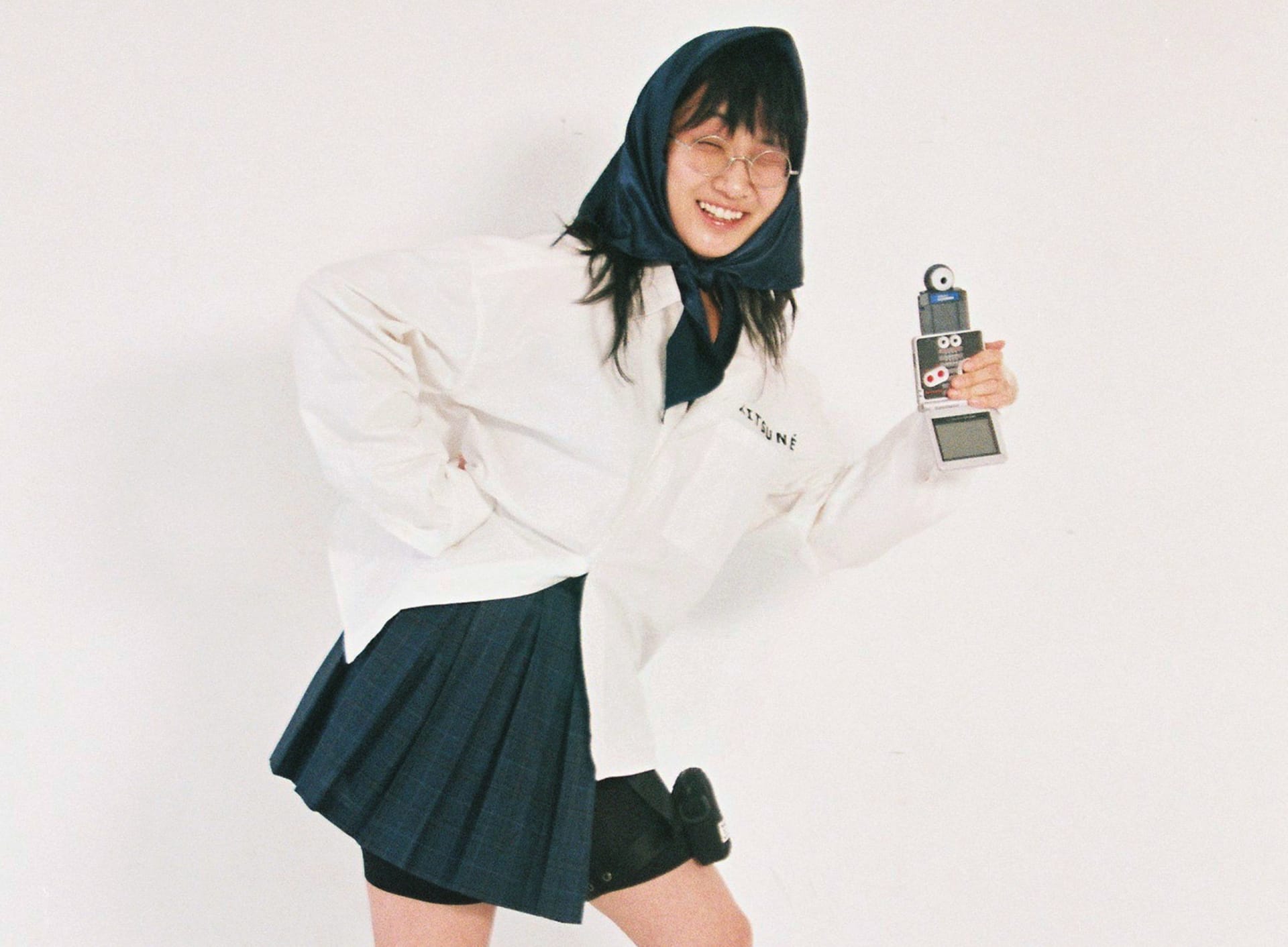
Yaeji’s Stylist Monica Kim on Building a Singular, Cozy—and Relatable—Aesthetic
Kim takes inspirational cues from the director Wong Kar-wai, Final Fantasy, and Korean aunties.
In the opening sequence of Yaeji’s newest music video for her mixtape What We Drew 우리가 그려왔던, filmed in South Korea and released last month, the audience meets the artist’s inner circle. The surrounding ambiance is hazy and verdant, existing in its own idyllic dreamscape where Asian gal pals are aplenty and a modest onion can achieve talismanic reverence with enough love and care. In this world, it seems the intimate allure of sisterhood is something close to magic. Within Yaeji’s constellation is Nikoal, the DJ Nk Badtz Maru from Brooklyn’s underground scene; Bao, the Berlin-based DJ known as Mobilegirl; and Monica Kim, Yaeji’s very own stylist, who appears in the video’s opening sequence with a Mona Lisa smile and indigo hair.

Kim is the one responsible for many of Yaeji’s thoughtful and relatable looks. For the Korean bath house scene for What We Drew 우리가, Kim handsewed a cart full of microfiber towels from a discount chain store called E-Mart to create the artist’s frilly pink gown and head scarf—a swift, last minute project she completed while “high on adrenaline.” For Yaeji’s fully-functioning terrarium shoes, pictured in the March digital cover for The Face, Kim aimed to sartorially capture Korea as “a mountainous and very green country.” She ordered a pair of clear platforms on Etsy, drilled a hole at the bottom, and filled the hollow with soil and lucky bamboo shoots. Just a few days ago, she co-designed digital Yaeji merch items specifically for Nintendo’s Animal Crossing: New Horizons.
Much of Monica’s background informs her current work. During her peripatetic upbringing between Michigan, Wisconsin, and Virginia, she spent her days watching anime, reading manga, playing video games like Final Fantasy—all visual reference points that she still pulls from today. “Some of those [anime and manga] artists are incredible designers,” she adds. But it wasn’t until Kim landed a job as the Senior Fashion News Editor for Vogue.com, a position she held for five years, that she was able to fully explore her Korean heritage through the lens of style. There, she was the first person in the magazine’s history to cover Seoul and Tokyo Fashion Week, which linked her into a network of likeminded creatives in East Asia, and it was at a feature shoot where she eventually met Yaeji, shortly after the drop of the single “Drink I’m Sippin On.”
The moment was something of a revelation for her, highlighting the importance of representation in an industry still growing to embrace diversity. “I had never really seen a Korean artist like this,” Kim tells me. “I listened to everything and I was so inspired—I just fell in love.”
In the latest edition of Sound and Style, TEB’s newest vertical exploring the aesthetics of electronic music culture, Monica Kim reveals her singular approach to styling, how she and Yaeji forged their collaborative bond, and her go-to contemporary Asian designers.

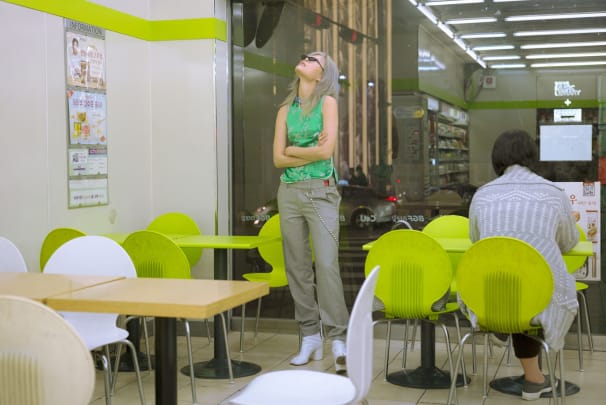
Tell me about the first shoot you ever styled. What was the intention and concept behind the project?
For my first shoot, I was in Seoul for Fashion Week, which I was covering for Vogue. I remember there was this moment happening in the city, where a lot of the young people were living a more loner lifestyle and shying away from the communal sensibility of Korean culture. I was looking at the way that was framed, and not necessarily as a bad thing. These people are isolated, but the people are finding the joy of solitude.
Basically, I pulled some different inspiration images like Wong Kar-wai’s film Chungking Express. Then, I knew I wanted to portray the imaginary life of one of these young Seoul kids, finding joy in isolation. So just planning out, I wanted them to go to the convenience store, which is where everyone goes to get food, and just to a bar and out on the street at night—framing it that way.
Now that you’re styling full-time and have matured into your own sensibilities since that first shoot, what would you say your signature is?
I definitely think I fold different elements of Asian culture into my styling. I think I try really hard to do it in a very subtle way. I’m always very concerned about it looking too costume-y, which I think is something that is really easy to do with a lot of those design elements. So the more I can sneak it in there so it’s almost subconscious, the more I tend to like it. It could be the way that a mock turtleneck cut very slightly resembles the cut of a qipao neck. Or it could be just evoking the general silhouette of a hanbok, that thing. And then also, I would say there are other ways through prints and colors. I do tend to gravitate more toward different types of florals, which I think can read very Asian in different ways, but in a way that’s not so obvious as well.
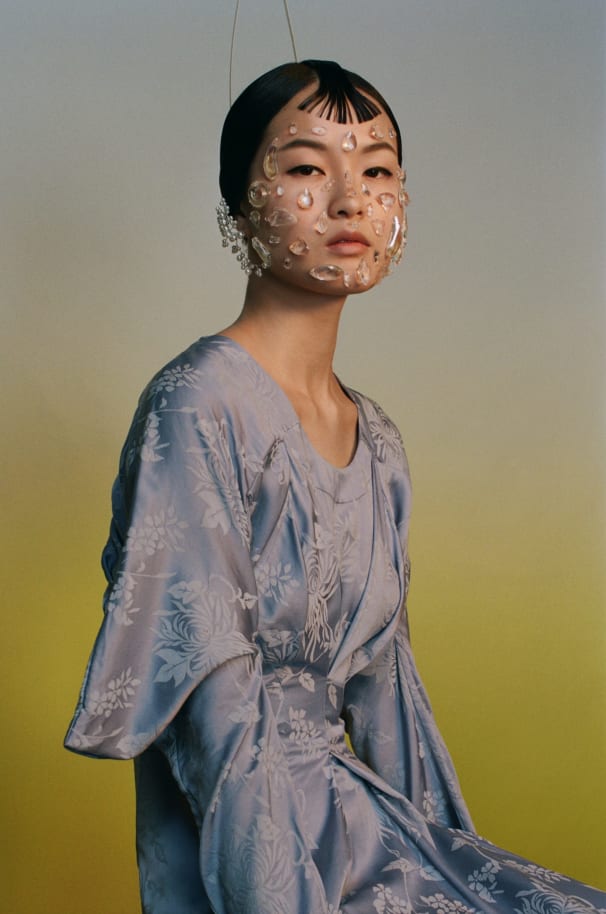

The initial Vogue shoot with Yaeji was obviously a pivotal moment in your styling career, as you two ended up working together more closely. How did you two develop this relationship?
We just really hit it off. We have a lot of the same experiences growing up. I think that’s very much the experience of being a Korean American. I mean, hers is slightly different than mine because I basically only grew up in the States. I lived in Korea for a little bit when I was really young, but not as much as she did back and forth. But we both grew up in places in America that do not have a lot of other Koreans or Asians in general. I think that that is a very specific type of experience. Growing up Asian American in LA is extremely different than growing up Asian American in the middle of nowhere in America. And so I think that is something that we both understood from growing up in more isolated environments.
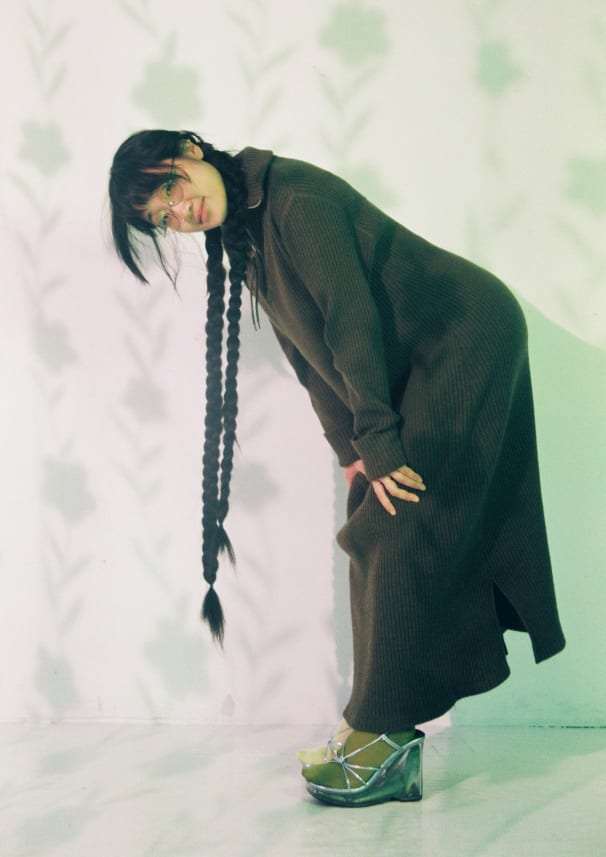
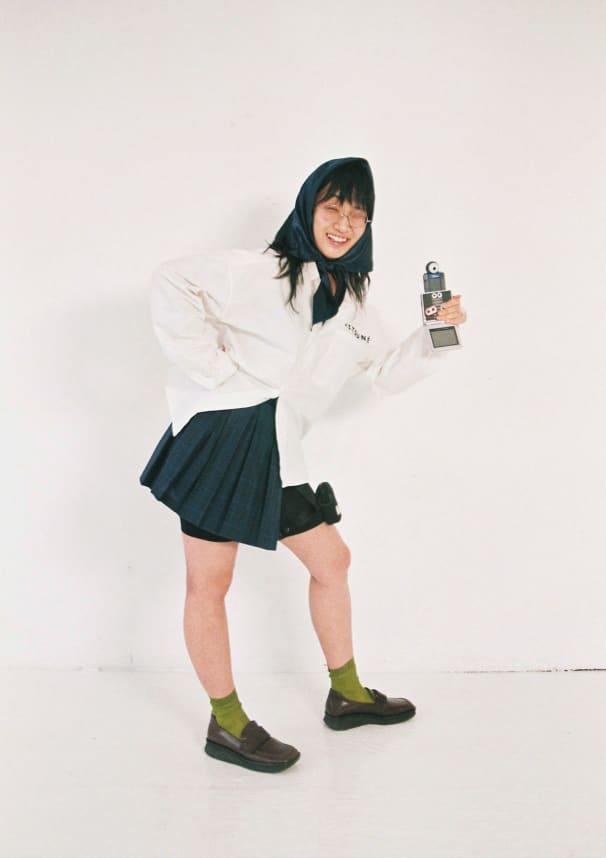
How has your approach to styling Yaeji changed or evolved since the beginning?
Styling an artist is very different than editorial styling. For me, I think it’s extremely important that any styling you do stays true to the artist. It’s very much about their identity and helping to build it out, but it has to be true to the core of who they are. Otherwise, you can really see in pictures if they’re uncomfortable or when the look just doesn’t feel right. It’s been extremely helpful to have been working together with Yaeji for as long as we have. We really understand what silhouettes and what shapes work best, and what she feels most comfortable in.

You and Yaeji also collaborated to design her YAEJI MART merch that launched in March. What was the concept in terms of what did you guys want to communicate with these various green, grey, and black sweatsuits?
When Yaeji has an idea of what she wants, I’ll take it, help flesh it out, and bring my own ideas. It’s a super collaborative process with everything we do. With the merch, she had the idea for this turtleneck sweatshirt, and then she wanted to do some kind of a very comfy ajumma pant. It’s a style that is super, super loose, oversized, and comfy. Historically, they’ve been worn by the older women or aunties who go out to the fields, work on farms, and pick veggies.
I created the initial pattern for the shape of the pants, and we found one that we both really liked. Then it was just a matter of picking the colors that we wanted. I think [the merch] is a great reflection of her style and the stuff that she actually wears all the time: super comfy, super cozy, and in fun colors.
What are some go-to designers that you often collaborate with—people whose work you admire, people that you might dress Yaeji in, or otherwise?
Before I get to that, actually there’s something I should probably touch on: I think one thing that’s kind of maybe different about the way that I style is that I actually use a lot of vintage and found clothes or my own clothes in the mix. Typically, with stylists, they’re always calling in sample pieces from designers and from publicists. But I realized as I was working with Yaeji that it drives me crazy when I see the same artist and the same models wearing the exact same clothes over and over again. It’s built into the system. That’s just the way it is, but I don’t really like that part of it and getting caught up in who has the best samples or who’s the first to grab this piece. It’s like a game in a way.





For me, I don’t care where the pieces came from. I want the image to look the best it can. I will pull samples from the latest collection and then I’ll mix it with literally a piece I found in a basement mall in Korea. It’s no brand, no designer, but it works. I like when you can look at something and you’re not necessarily distracted by where the piece might have come from.
I usually go for a lot of vintage. There’s this one shop in New York called James Veloria, run by these two boys whom I love and they have a lot of old Jean Paul Gaultier and Yohji [Yamamoto].
Then in terms of actual designers who I work with a lot, my friend Hyein Seo is amazing, and she’s probably my favorite designer. My closet is probably 50% her stuff. I just love everything she does and so does Yaeji. I pull from her a lot, and she actually made a custom look for Yaeji’s first Seoul show.
I pull from menswear quite a bit as well, and one of my favorite designers is Kozaburo, a Japanese designer who’s brilliant at tailoring and based in Brooklyn. There’s the Commission Boys, these three Asian guys who are also based in New York. They do really beautiful clothes in an Asian mom style but reimagined in a sleek and beautiful way. Then there’s my friend Rokh Hwang, who’s Korean designer based in London. I love his work as well because he actually also had similar experiences [to me]. He grew up in Texas, which is not particularly known for its Asian population either. He plays with a lot of themes in this fashion that Yaeji does in her music. It’s all a very nice synergy.
This interview has been edited and condensed for clarity.
Whitney Wei is the Editor-in-Chief of Electronic Beats. Follow her on Instagram here.
Published May 05, 2020. Words by Whitney Wei, photos by Dasom Han, Kozaburo & Shuya Aoki.
